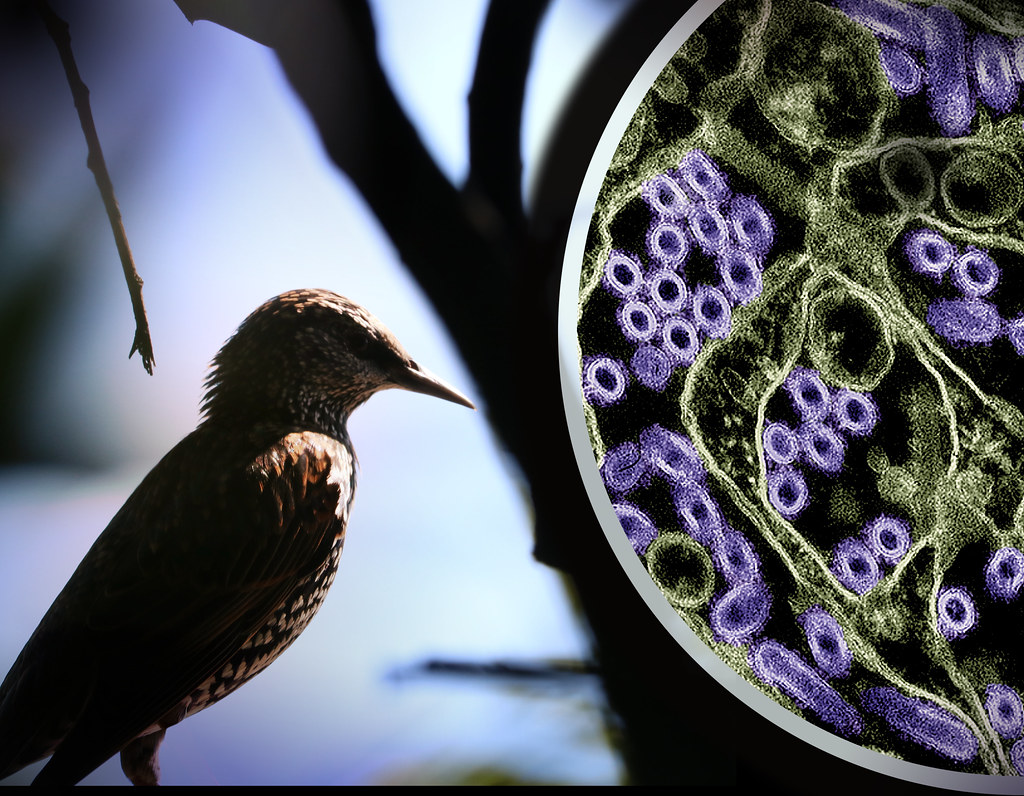A recent surge in bird flu cases has sparked concern among public health officials, farmers, and the general public. The avian influenza virus, commonly referred to as bird flu, is spreading rapidly across all 50 states affecting both wild and domestic bird populations, with some cases now reported in humans and raising alarm.
What Is Bird Flu?
Bird flu is caused by avian influenza viruses that primarily infect birds but can, in rare cases, cross over to humans and other animals. The most concerning strain in recent years has been H5N1, which has shown a high mortality rate in birds and occasional severe illness in humans.
Current Outbreak Overview
Since late 2024, outbreaks of H5N1 (Bird Flu) have been reported in poultry farms across North America, Europe, and parts of Asia. Wildlife monitoring organizations have also observed increasing deaths among wild bird populations, especially migratory species.
In the past few months, the virus has jumped species in some areas, infecting mammals such as foxes, seals, and even dairy cattle. In rare cases, there have been human infections, including farmworkers and individuals with close contact with infected animals. Health authorities emphasize that human-to-human transmission has not been confirmed, but surveillance is ongoing.
Economic and Agricultural Impact
The outbreak has forced widespread culling of poultry flocks to contain the virus, leading to significant economic losses for farmers and rising prices for poultry and eggs. Countries have implemented stricter import/export controls, and some have temporarily banned the trade of live birds.
“We are dealing with an unprecedented situation where the virus is not only affecting our food supply but is also presenting new epidemiological patterns,” said Dr. Lena Morris, a virologist with the World Health Organization (WHO).
Public Health Response
Health organizations globally are increasing surveillance and testing of both animal and human populations. Vaccination campaigns for poultry are underway in affected countries, and scientists are working on adapting vaccines for broader use if needed.
The U.S. Centers for Disease Control and Prevention (CDC) has issued guidance for people working with birds or in affected areas, advising the use of personal protective equipment and reporting any flu-like symptoms.





